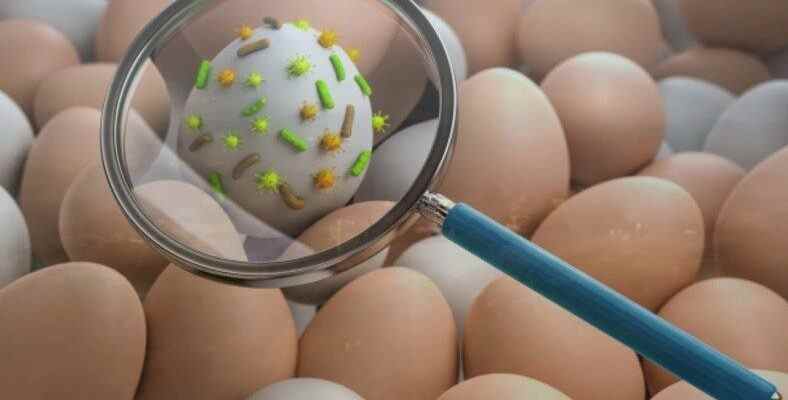Many people can easily overcome salmonella, a bacterial infection that affects many body functions, especially the intestines, by contaminating people through water and food, but sometimes the results can be fatal. Let’s examine in all details the questions such as what is salmonella, what are its symptoms, how is it transmitted.
Especially during the COVID-19 pandemic, we all understood once again how important the hygiene of the water we drink and the food we consume is. Today, we trust drinking water because it is subject to strict control, but we may not be sure about the nutrients we take. Like foods that haven’t been cleaned enough or meat that produces bacteria Many foods can cause a bacterial infection called salmonella. Finally, in Turkey and many European countries Kinder chocolates Salmonella risk was subject to scrutiny and mandatory salmonella analysis requirement was introduced. In this content, we have compiled the information we have obtained about the Salmonella virus.
Salmonella is one of the most common bacterial infections today. Many people get over this infection without realizing it, but for some people, this ailment can be fatal. Don’t worry, there are many precautions you can take and the treatment is extremely easy. Come now what is salmonella, what are the symptoms, how is it transmitted Let’s examine the most frequently asked questions in detail.
What is Salmonella, its symptoms, treatment:
What is Salmonella?
Although it is known as salmonella disease among the people, it is actually salmonella, It is the name of a bacterium that lives in the intestines of humans and animals. A disease called salmonellosis occurs as a result of infection in a person infected with salmonella bacteria through water and food. Salmonellosis, referred to as a Salmonella infection, is a bacterial disease that affects a person’s intestines.
What are the symptoms of Salmonella?
- Nausea
- Vomiting
- abdominal cramp
- Diarrhea
- Fire
- Shake
- Headache
- blood in stool
The symptoms to be seen in a person as a result of Salmonella infection are generally as follows. However Some people with the infection may not have any symptoms. Diarrhea, fever and cramping often begin between 8 and 72 hours after the infection starts. Some people experience these symptoms mildly and get better within a few days, without the need for any treatment.
All these salmonella infection symptoms and similar ones we have listed generally take 2 to 7 days. Diarrhea can take up to 10 days to fully heal however, the intestines may not recover easily for several months. In some cases, these symptoms continue to increase and can cause a febrile and fatal disease called typhoid. For this reason, never ignore such symptoms and if the effect increases, go to the nearest health institution and be examined by a specialist doctor.
In which foods is Salmonella found?
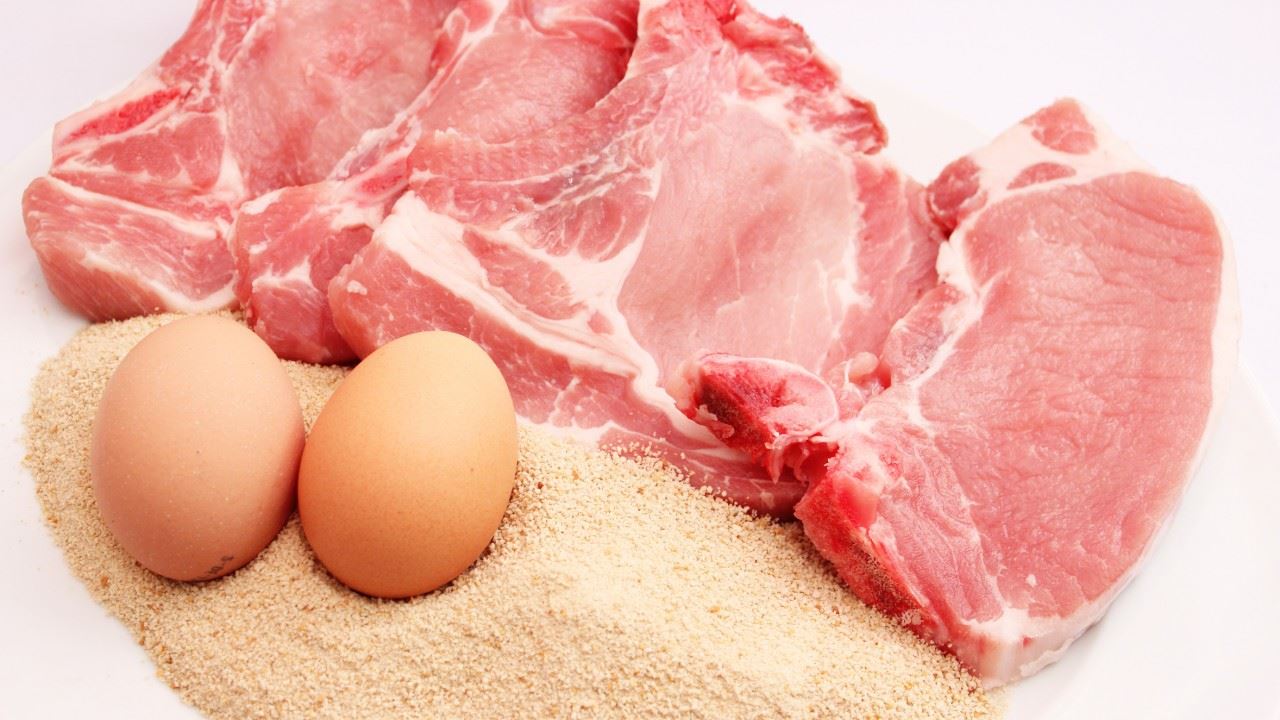
- Red meat
- Poultry
- sea products
- Egg
- Fruits
- Vegetables
- Other foods that use raw meat and raw eggs
- unprocessed spices
Salmonella bacteria are found in these types of foods, but consuming these foods does not necessarily mean you will be exposed to this bacteria. Meat that comes into contact with feces during slaughter, Poultry and seafood also start to produce terrible bacteria when they come into contact with polluted water, and what happens when you eat them.
Foods that use raw meat and raw eggs are at risk of infection as they are not subjected to any process that will destroy this bacteria. Fruits and vegetables also come into contact with contaminated water or feces. exposed to salmonella bacteria. When people consume these fruits and vegetables, there is a direct risk of infection.
What are other causes of salmonella?
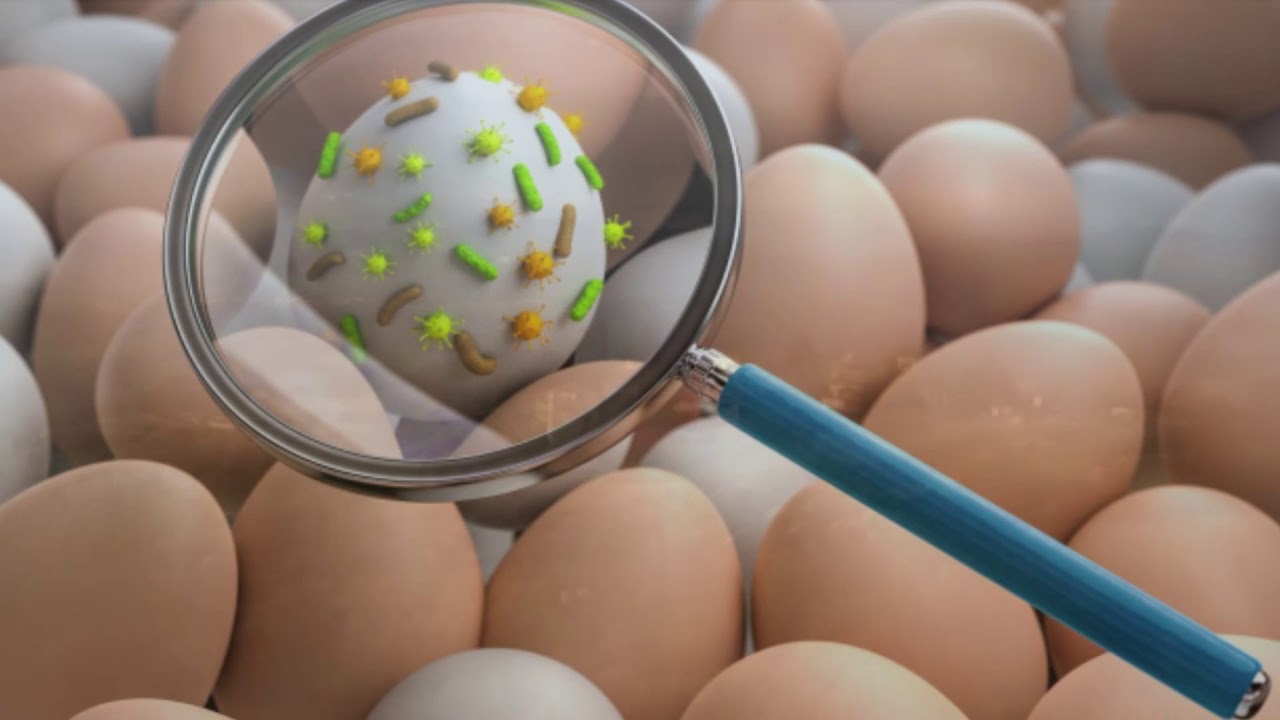
- domestic birds
- domestic reptiles
- Travels to third world countries
- Using public toilets
- Contact with a diaper contaminated with feces
- not washing hands enough
- Stomach and intestinal problems
This is generally how you can be exposed to Salmonella bacteria outside of food. As it turns out This bacteria is already everywhere. The important thing is not to be directly exposed. Since domestic birds and reptiles carry this bacteria in abundance, you are exposed to bacteria when you come into contact with it or its feces, and you can get sick when you do not wash your contact point.
Toilets that have not been fully cleaned without prioritizing hygiene, contact with a stool-contaminated diaper, and not washing hands enough It is a common cause of this disease. Salmonella infection is extremely common in third world countries as there is an intense hygiene problem.
When a person has a salmonella infection, the stomach and intestines are immediately activates the defense mechanism and begins to eliminate the infection. However, since this defense mechanism is not activated in people with chronic stomach and intestinal disorders, any infection can have a much longer and more devastating effect.
How to prevent Salmonella? Measures you can take:
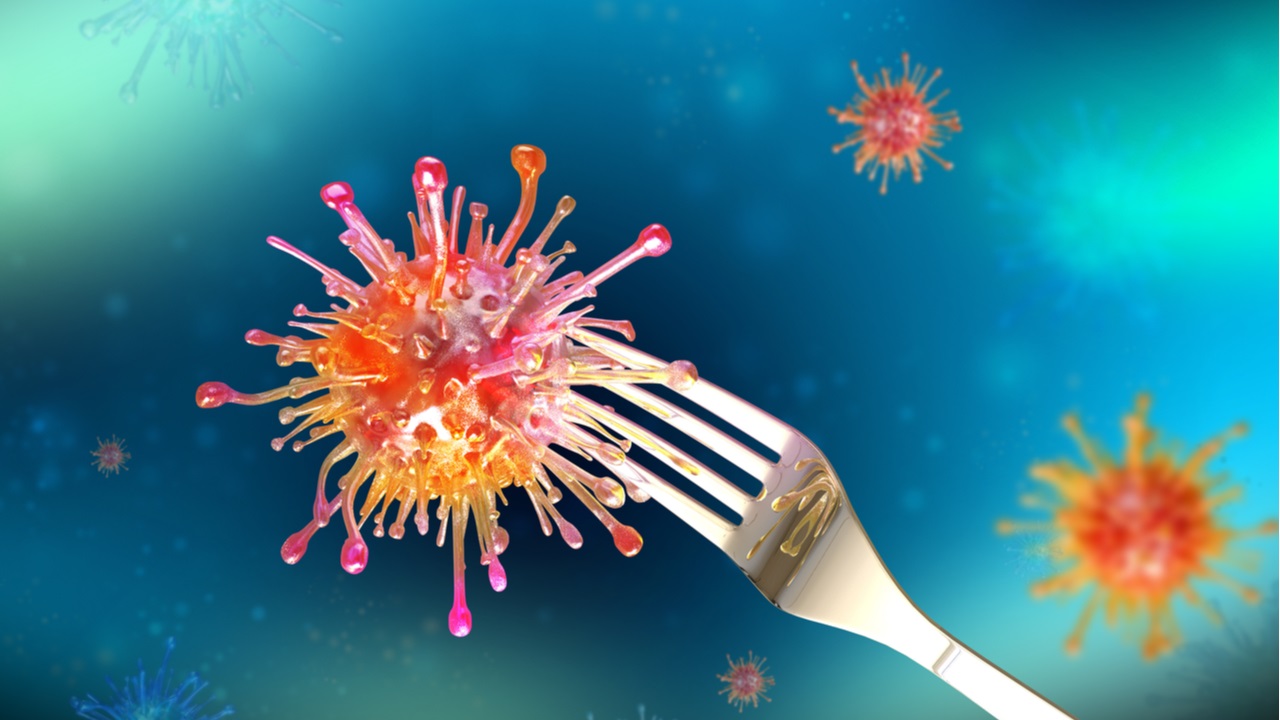
- Be careful when using public restrooms.
- Throw away the stool-contaminated diaper so that it does not come into contact with anything else.
- Wear gloves when handling reptiles and birds and wash your hands thoroughly afterwards.
- Use a separate cutting board for raw red meat, poultry, and seafood from other items.
- Keep raw red meat, poultry and seafood separate from other products in the refrigerator.
- Do not consume raw red meat, poultry and seafood without thoroughly cooking them.
- Do not consume raw eggs.
- Do not put cooked food in a container with raw product previously.
- Wash vegetables and fruits with plenty of water and vinegar.
- Avoid foods made using raw meat and raw eggs.
- Whatever you do, wash your hands with plenty of soap and water.
As you can see, what you need to do to prevent infection by salmonella bacteria is not very difficult. Raw food, polluted water and feces are the biggest threats. Just make sure that the bacteria they have is completely gone and not infecting you. Hygiene is the most effective method for combating salmonella infection like many other diseases.
How is Salmonella treated?
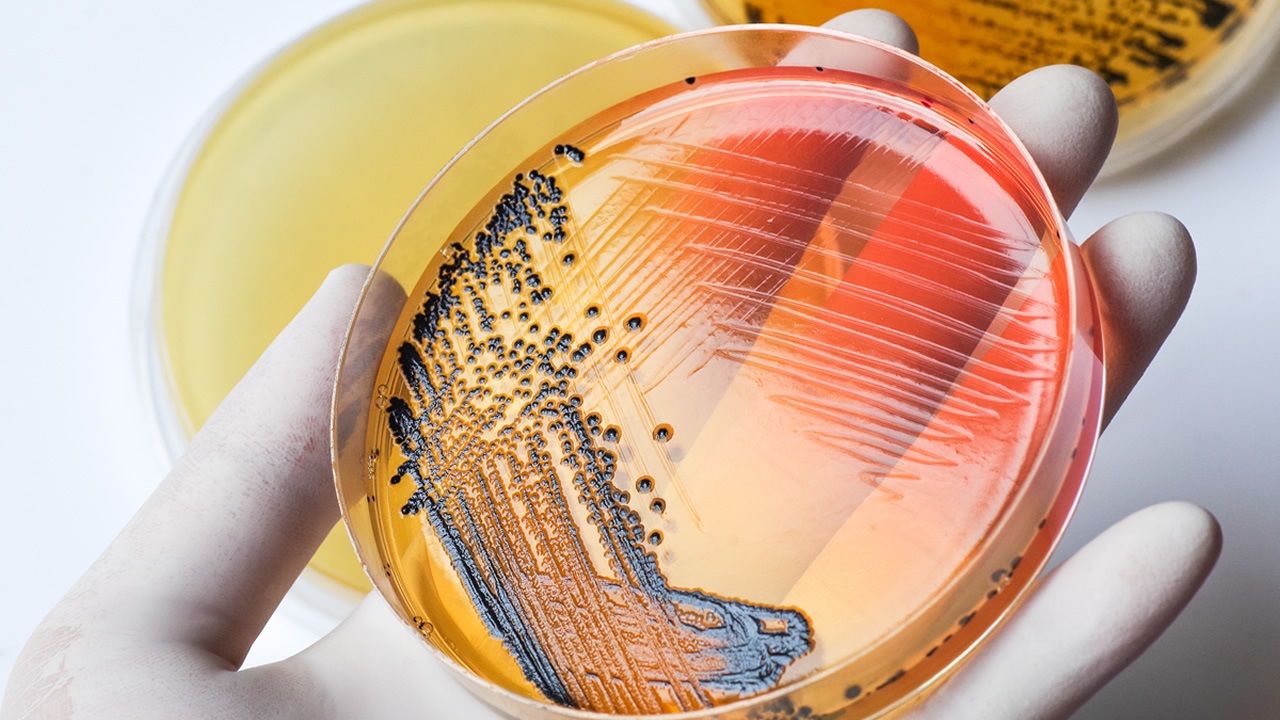
Many people who experience infections caused by Salmonella bacteria recover completely within 4 to 7 days without any treatment. As long as diarrhea continues drink lots of water It both prevents the body’s water loss and accelerates the removal of bacteria. Antibiotic treatment can be applied to people with severe signs of infection. People who need antibiotic treatment due to Salmonella are as follows;
- people with severe illness
- People with HIV and similar diseases that weaken the immune system
- People aged 50 and over with heart disease
- Children and infants under 12 years old
- Anyone aged 65 and over
Let us remind you again, most people recover from salmonella infection within a few days, but if any of the above conditions are present or the symptoms of the disease are more severe You should definitely go to the nearest health institution and be examined by a specialist doctor. As a result of the doctor’s examination, different treatment methods can be applied depending on your other ailments.
It can be fatal, transmitted to humans from raw food, contaminated water and feces. what is salmonella, what are its symptoms, in which foods is it found We answered curious questions such as and talked about the details you need to know about this infection. What we describe is for informational purposes only. When you experience such discomfort, you should definitely see a specialist doctor or get advice.
RELATED NEWS
Important Decision from the Ministry on Kinder Chocolates: ‘Salmonella’ Control Made Mandatory
Source :
https://www.mayoclinic.org/diseases-conditions/salmonella/symptoms-causes/syc-20355329
